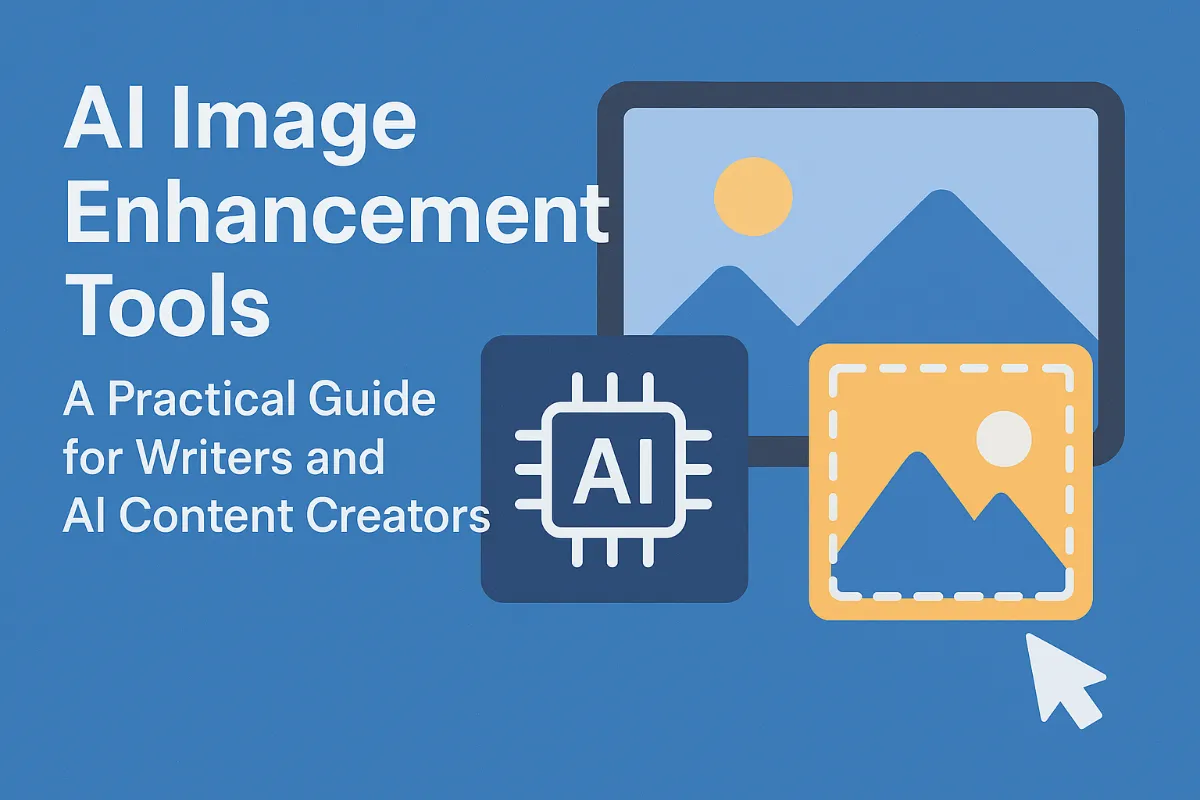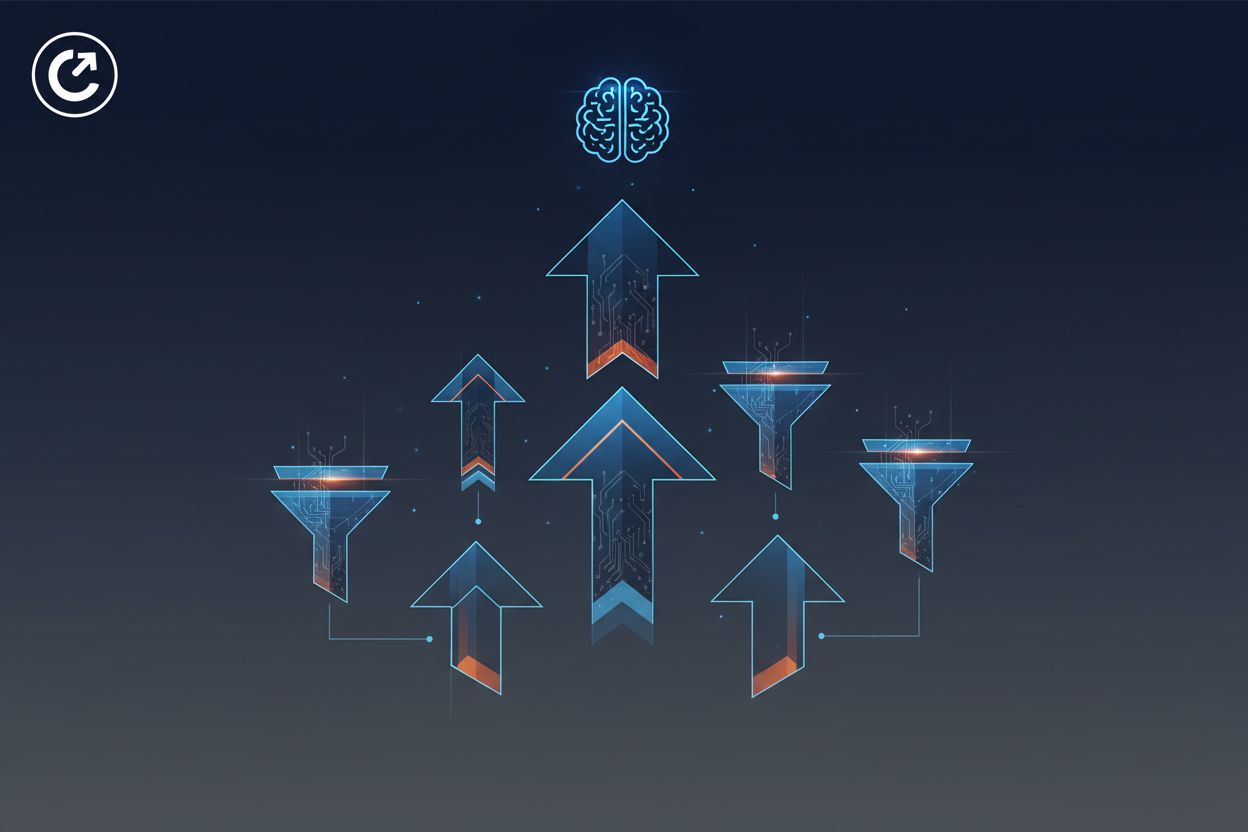AI in Oil & Gas: Use Cases, Technologies & Market Trends
AI in Oil & Gas: Real-World Use Cases, Technologies, and Market Trends
Industries have seen a drastic change in their operations and run-time with the addition of Artificial Intelligence (AI), including the oil and gas sector. Running this industry is not easy; one must stay vigilant, make quick decisions, and stay updated with market trends.
The oil and gas industry has always relied on technology to extract, process, and distribute resources safely and efficiently. Now, AI is becoming a key part of these processes. Adopting AI in the oil and gas industry helps companies make better data-driven decisions, reduce operational costs, and lower environmental impact.
In this blog, we will discuss the artificial-intelligence use cases in the oil and gas industry, the technologies used in this sector, and the current market trends that give you a competitive edge.
10 Real-world Use Cases of AI in the Oil and Gas Industry
AI is transforming oil and gas operations by making them smarter and safer. From predicting demand to managing risks and maintenance, custom AI solutions have become essential for companies looking to streamline operations, reduce costs, and drive innovation in the energy sector. Here are ten real-world use cases that show how AI is improving efficiency and enhancing decision-making.
1. Demand forecasting
AI for oil and gas companies helps forecast demand with better accuracy. It studies past consumption data, weather changes, and market trends to predict future needs. This supports companies in planning production, storage, and transportation wisely, reducing wastage and ensuring customers always have what they need without overproduction.
2. Predictive maintenance
AI used in the oil and gas industry prevents sudden equipment failures. By analysing sensor data from machines, it predicts when parts might break down. This allows maintenance teams to fix issues before they become big problems. Companies save money on repairs and avoid dangerous accidents caused by unexpected breakdowns.
3. Oil exploration
AI in oil and gas exploration is improving how reserves are found. It analyses seismic images, geological data, and drilling records to identify where oil and gas might exist. This increases the chances of successful drilling, reduces exploration costs, and saves time by focusing efforts on the most promising sites.
4. Handle price fluctuations
Oil prices change daily due to global events and market trends. AI helps companies deal with these fluctuations by predicting price changes using historical data and news analysis. This allows firms to make better trading decisions, manage risks, and plan purchases or sales when prices are most favourable.
5. Enhance safety
AI for oil and gas safety is vital. It uses cameras, sensors, and data analysis to detect risky conditions in real time. For example, AI can alert supervisors if a worker enters a dangerous area without proper gear, reducing accidents and keeping everyone at the site safe and secure.
6. RPA for back office tasks
Robotic Process Automation (RPA) with AI streamlines back-office tasks. It automates activities like processing invoices, preparing compliance reports, and entering data into systems. Employees can then focus on important work that needs human thinking. This increases productivity and ensures fewer mistakes in everyday office operations.
7. Oil spills and hydrocarbon detection, and response
Oil spills harm nature and cost companies heavily. AI models analyse satellite images and drone footage to detect spills quickly. They can identify hydrocarbon leaks before they spread further. This fast response helps firms plan clean-ups efficiently, protecting marine life and reducing financial penalties from environmental damage.
8. Regulatory compliance
Oil and gas companies follow strict rules. AI reviews reports, audits, and daily operations to ensure regulatory compliance. It flags missing documents or process gaps that could cause legal trouble. This keeps the company safe from fines while maintaining its reputation as a responsible and compliant business.
9. AI-driven supply chain management
Managing the oil and gas supply chain is tough. AI tracks stock levels, shipping schedules, and demand patterns to optimize movement. It reduces delays and prevents shortages or excess inventory. With artificial intelligence use cases in oil and gas supply chains, companies keep operations smooth and customers satisfied.
10. Improve reservoir characterisation and modelling
AI helps geologists create better models of underground oil reservoirs. It combines seismic data and drilling results to understand rock layers and oil flow paths. This helps firms extract oil efficiently without damaging the site. Using AI in oil and gas exploration ensures maximum output from each reservoir.
Technologies Used in the Oil and Gas Industry
1. Machine learning
Machine learning for oil and gas helps analyse huge data sets. It finds patterns in seismic images, equipment data, and production reports. This supports better decisions in exploration, drilling, and maintenance, making machine learning oil and gas applications vital for daily operations and long-term planning.
2. Deep learning
Deep learning is a type of machine learning used in oil and gas industry to study complex images. It helps analyse seismic surveys and geological maps to identify oil reserves. This reduces exploration time, improves accuracy, and saves costs by avoiding unnecessary drilling.
3. Natural Language Processing (NLP)
NLP is another technology used in the oil and gas industry. It reads and understands reports, safety logs, and maintenance records. Companies use NLP to find risks, track compliance, and extract important details from thousands of documents quickly and efficiently.
4. Computer vision
AI used in the oil and gas industry also includes computer vision. It analyses images from cameras and drones to detect leaks, cracks, or unsafe conditions in pipelines and rigs. This helps fix problems early, keeps sites safe, and reduces environmental damage.
5. Robotics
Robots with AI support are used for pipeline inspections, underwater repairs, and refinery maintenance. They enter risky areas where humans cannot go safely. This technology protects workers’ lives and ensures that equipment is maintained without interrupting operations for long periods.
6. Predictive analytics
Predictive analytics uses AI and machine learning on oil and gas data to forecast equipment failures or production drops. By combining historical data with real-time sensor insights, it helps identify risks before they occur. As discussed in AI and IoT in predictive maintenance, this approach keeps production running smoothly and prevents sudden shutdowns.
7. Digital twins
A digital twin is a virtual copy of physical equipment or systems. Companies use AI to create digital twins of rigs, pumps, and pipelines. They test new processes on these models to check for problems before applying them in real life.
8. Drones and sensors
Drones with AI scan offshore platforms and pipelines for inspection. Sensors collect temperature, pressure, and vibration data for AI to analyse. Together, they improve monitoring and reduce human efforts, making work faster and safer in oil and gas sites.
9. Cloud computing
Cloud computing supports AI by storing and processing large data sets quickly. It allows easy access to AI tools and data from anywhere. Many oil and gas companies use cloud-based AI to speed up analysis and decision-making without building heavy IT infrastructure.
10. Internet of Things (IoT)
IoT devices collect real-time data from machines, pipelines, and drilling sites. AI analyses this data to optimise operations and maintenance. This combination of AI and IoT is one of the most important technologies used in the oil and gas industry today.
Market Trends of AI in the Oil and Gas Industry
In 2025, the global AI in oil and gas market is valued at around USD 3.01 billion. It is expected to reach USD 6.92 billion by 2032, growing at a 12.7% CAGR. This growth comes from rising demand for machine learning for oil and gas tasks like predictive maintenance, drilling optimisation, and reservoir modelling. North America holds the largest share at about 38%, driven by advanced digital maturity and investment capacity. Meanwhile, Asia-Pacific is the fastest-growing region due to rising adoption in China and India. Key technologies include predictive analytics, natural language processing, and computer vision. However, challenges like high initial costs and a lack of skilled AI professionals remain. Major companies driving this market are IBM, Microsoft, Google, Oracle, and H2O.ai, leading innovation in AI used in oil and gas industry.
Conclusion
AI is changing how the oil and gas sector works every day. From exploring new reserves to keeping machines running smoothly, AI makes jobs easier, safer, and faster. Technologies like machine learning, computer vision, and predictive analytics are improving decision-making and reducing risks. Companies that adopt AI now will stay ahead in a highly competitive market. Though there are challenges like high costs and skill gaps, the long-term benefits are clear. AI helps reduce waste, improve safety, and boost profits. Leading software development companies like Appventurez help industries adopt advanced AI solutions to achieve growth and stay future-ready.




